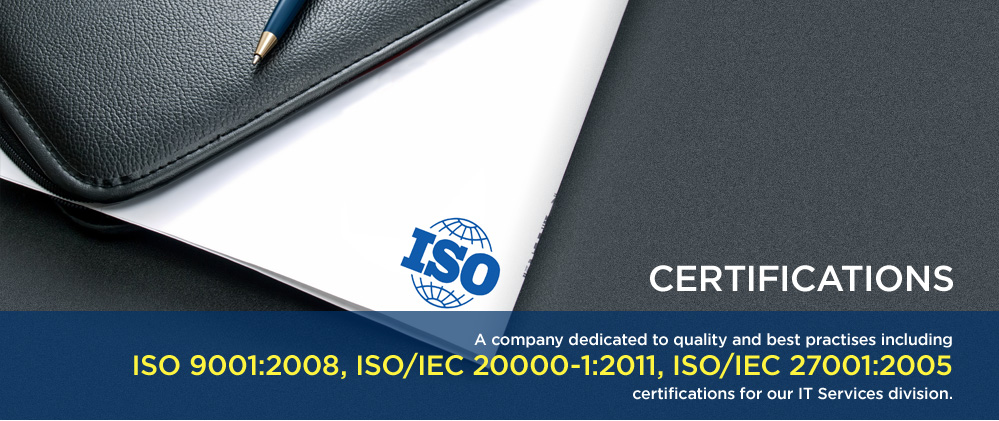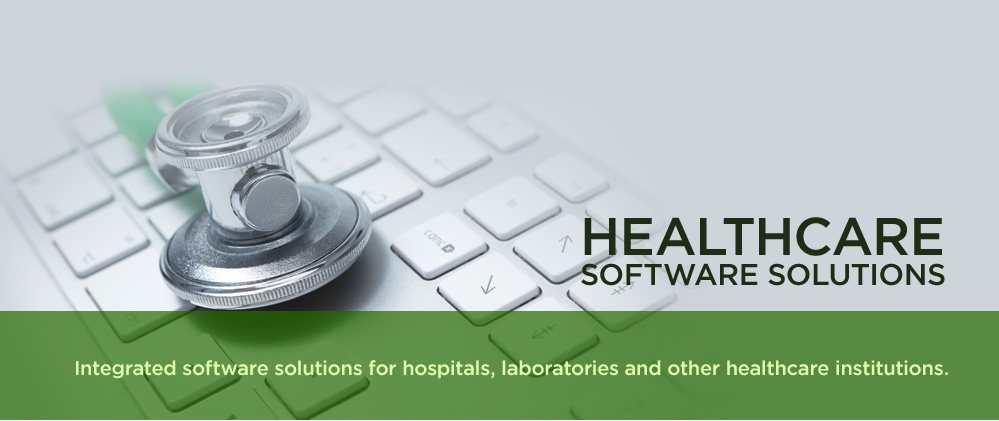Welcome to PCS Technology!
PCS is a leading IT solutions company, delivering customized solutions and services for businesses to enhance productivity. Through a unique approach, global partnerships, and excellence in quality, we strive to create unmatched value for our clients.
We have harnessed the power of cutting-edge technologies and coupled it with the deep domain expertise of our people to develop pragmatic and cost-effective solutions that help you overcome business challenges and achieve a vantage position.
In today's highly technology driven business, consistent performances value, ease of implementation and simplified migration to future technologies need to be controlled. We help focus solutions for delivering business continuity and reduced risks to control unfavourable circumstances.
PCS is a leading IT solutions company, delivering customized solutions and services for businesses to enhance productivity. Through a unique approach, global partnerships, and excellence in quality, we strive to create unmatched value for our clients.
We have harnessed the power of cutting-edge technologies and coupled it with the deep domain expertise of our people to develop pragmatic and cost-effective solutions that help you overcome business challenges and achieve a vantage position.
In today's highly technology driven business, consistent performances value, ease of implementation and simplified migration to future technologies need to be controlled. We help focus solutions for delivering business continuity and reduced risks to control unfavourable circumstances.
Copyright © 2025 PCS Technology Ltd. All Rights Reserved.
Designed and Website Maintenance by MiracleworX Web Design Mumbai












